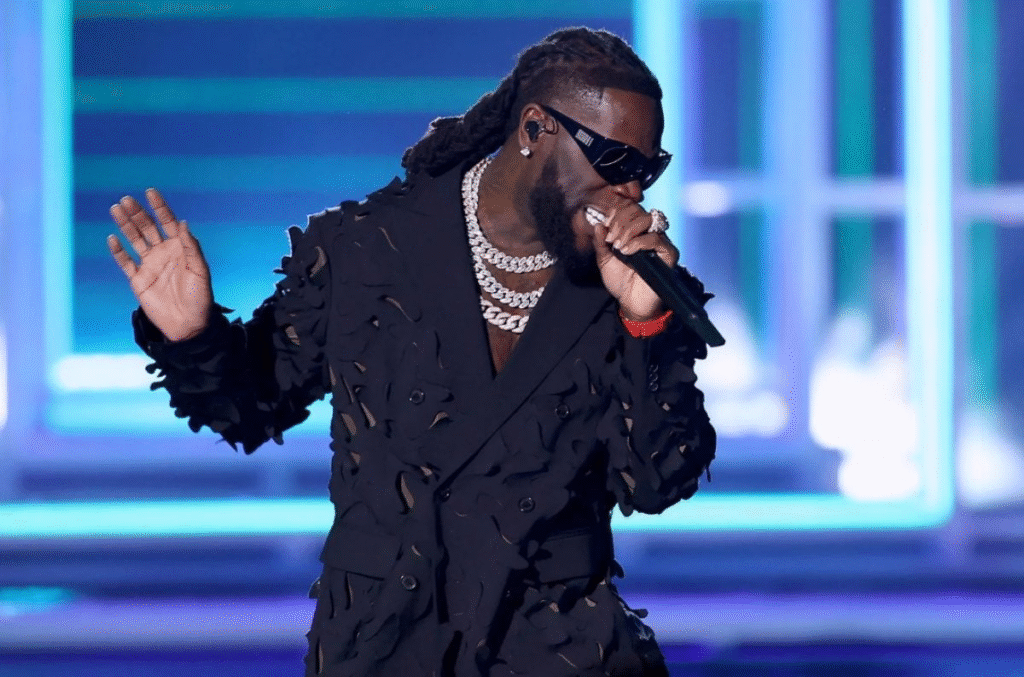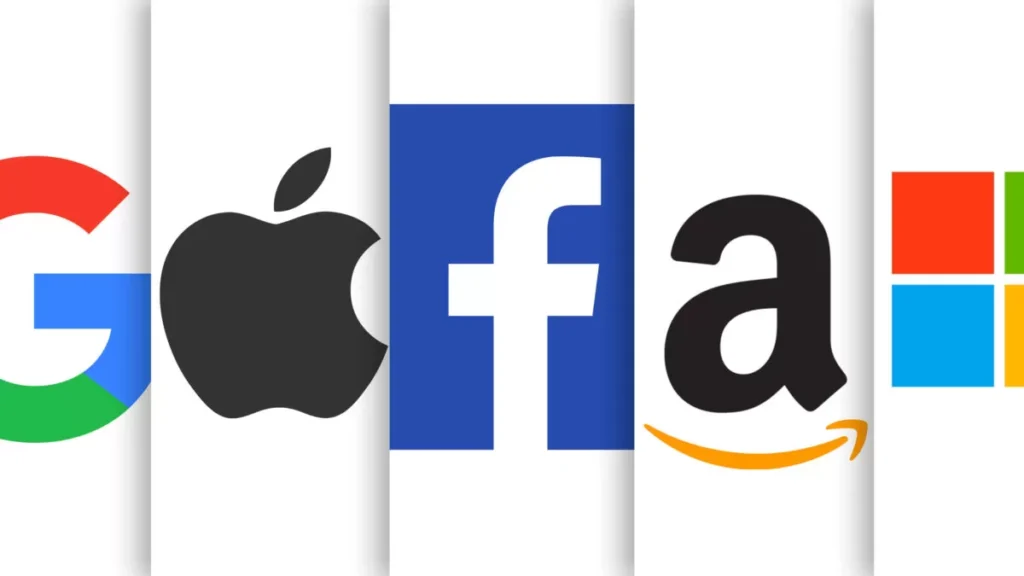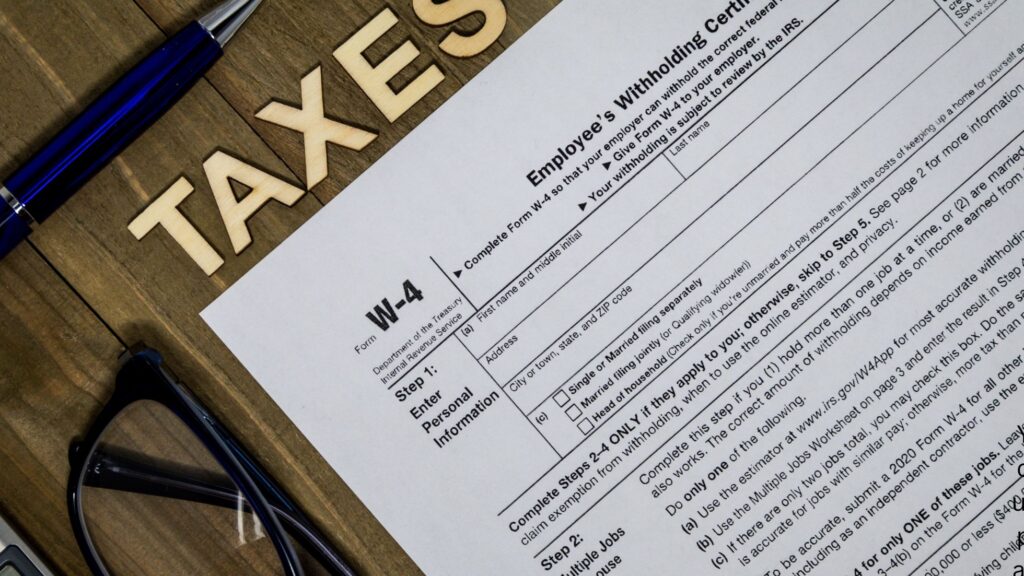The Afrobeats money machine operates on multiple cylinders: blockbuster performance fees, exponentially growing streaming income, strategic brand partnerships, merchandise ecosystems, sync licensing opportunities and smart reinvestment.

1. Live Performances
Live performances remain the most lucrative revenue stream for Afrobeats artists, with top-tier acts commanding fees that rival international superstars. According to Adeshola Adefuwa-Cole, CEO of Cole Management Services, the performance fee structure for Nigerian artists in 2024-2025 breaks down as follows:
- Burna Boy: $1 million or more per show
- Wizkid: $800,000 to $1 million per show
- Davido: Approximately $500,000 per show
- Olamide: Around $500,000 per show
- Rema: $200,000 per show
- Kizz Daniel: $200,000 per show
- Asake: $100,000 per show
- Tiwa Savage: $100,000 per show
- Tems: $50,000 per show
- Ayra Starr: $50,000 per show
These figures represent baseline fees, with these artists often charging in dollars regardless of location to maintain consistency with global market forces. Beyond the performance fee, artists negotiate comprehensive rider agreements that significantly increase the total booking cost. Using Wizkid as a case study, a typical booking includes:
- Transportation: Chartered flights with one business class and six economy return tickets from Lagos
- Accommodation: One penthouse suite, one premium suite and ten single standard rooms
- Per diem allowances: $300 daily for the artist, $200 for the manager, and $100 per crew member
- Ground transportation and security: Fully covered by the promoter
Summer Tours
Nigerian artists have normalized international summer tours as a core business strategy. In summer 2025, artists like Davido, Rema, Burna Boy, Fireboy DML and Ayra Starr performed across North America, Europe, and Asia. This allowed them to capitalize on the festival season when demand and ticket prices peak.
Music business professional Damilola Adeniyi explained the economic logic: “Touring is very important, even if it’s solely for them to make revenue. If their investment in the business can get a bigger yield in a certain region, it’s smart of them to obviously push traffic to that region and get whatever break they can get, because they’re going to get good ROI for their business in those regions.”
The ticket pricing strategy reflects this global approach. Rema’s “HEIS World” Tour tickets started at $44, while Ayra Starr’s performances with Coldplay ranged from $69 to over $1,000. When converted to naira, international ticket revenue significantly exceeds local festival earnings.
Live performances don’t just generate immediate revenue, they also create sustained streaming spikes. For instance, when Davido performed in Boston and Philadelphia during his “5ive Alive” tour, his album “5ive” returned to the Billboard Top 200 charts after a five-month absence. Similarly, following Rema’s world tour that concluded in Spain, he became the fourth Nigerian artist with the most songs that surpassed 50 million streams on Spotify, with 16 songs hitting that milestone.

2. Streaming Royalties
While streaming pays less per play than traditional sales, the global reach and compound effect of billions of streams have made it a cornerstone of artist income. According to Spotify, Nigerian artists earned a record-breaking ₦58 billion ($37.5 million) in royalties from Spotify in 2024, more than double their 2023 earnings. This represents a dramatic acceleration from 2022, when earnings were just one-fifth of the 2024 figure. Between 2017 and 2022, Afrobeats streams on Spotify increased by 550%, and in 2023 alone, the genre was streamed over 14 billion times, with London, Pari and Nairobi ranking among the top cities consuming it.
However, this growth isn’t limited to top artists. The number of Nigerian musicians earning over ₦10 million in royalties more than doubled between 2023 and 2024. This indicates a broadening income base across the industry.
In addition, over 1,900 Nigerian artists were featured on Spotify’s editorial playlists in 2024, or about 33% more than in 2023 with Nigerian songs discovered by over one billion first-time listeners globally. Around 250 million Spotify playlists now feature Nigerian songs, with Nigerian users creating 6 million of those playlists. For the fourth consecutive year, Nigerian artists dominated Spotify’s most-streamed songs worldwide, with Burna Boy, Rema, Asake, Ayra Starr and Tems maintaining regular positions on international charts.
The Economics of Per-Stream Payments
Spotify’s payout structure ranges between $0.003 and $0.005 per stream, meaning that an artist needs roughly 200,000 to 333,000 streams to earn $1,000. This model favours massive global hits. Rema’s Calm Down, which became the most-streamed Afrobeats song in US history with over one billion on-demand streams in the US alone by June 2024, exemplifies the exponential potential. The remix with Selena Gomez hit one billion plays on Spotify and accumulated nearly 894 million views on YouTube, making it the most-watched music video by a Nigerian artist.
This low metric means that Nigerian artists still capture only a fraction of global streaming revenue. Spotify paid out $10 billion globally in 2024, and Nigeria’s ₦58 billion ($37.5 million) represents just a small piece of that pie. The reality is that most artists cannot, and no longer, rely on streaming alone. As one industry observer noted, “even millions of streams might not translate to significant earnings, especially after label cuts.” This has pushed artists to diversify aggressively across live shows, brand partnerships, YouTube monetization and fan-supported platforms like Audiomack’s “Supporters” feature.
Domestic Streaming
A surprising development in 2024 was the explosion of domestic streaming. Local demand for Nigerian music skyrocketed by 146% in 2024, pushing Nigeria to 25th place in global streaming rankings, while local content consumption jumped 206%, or about 782% higher than the previous three years combined.
Adeniyi contextualized this growth: “Access to information, data and the internet, along with higher internet penetration and spending power in other regions, are key factors. If a subscription costs ₦1,000 or ₦1,500 in Nigeria compared to $9 or $10 in another region, the revenue generated from streams in Nigeria will obviously be significantly less than in those other countries.”
Regardless, despite lower per-stream rates domestically, the volume surge represents a shift toward a more sustainable, fan-driven local economy that could give Nigerian artists greater negotiating leverage with platforms.
To fully exploit the domestic streaming potential, Spotify has deployed a localized strategy in Nigeria, including hosting workshops, album launches and networking events to connect artists with industry professionals. Nigerian pop culture analyst Ayomide Tayo told Rest of World: “Spotify has boots on the ground. It doesn’t feel like you’re talking to someone from Berlin, New York, or London. They’ve hired Nigerians with influence, and they’ve shown they’re willing to put money where their mouth is.”
Spotify’s stated goal is to help reach one billion paid subscribers across all streaming services globally through collaborative innovation and strategic partnerships. For Nigerian artists, this represents an opportunity to capture an even larger share of global revenue as the pie expands.
3. Brand Endorsements
As Afrobeats artists accumulate massive followings, international brands have recognized their marketing power. This has created lucrative endorsement opportunities.
The endorsement market has become increasingly sophisticated, with artists signing deals that extend beyond simple promotional posts. Tems exemplifies this evolution. She joined Omega watch brand as an ambassador and also became the first African female to be involved in MLS club ownership by joining MLS San Diego FC Ownership Group as a Club Partner.
These partnerships amplify Nigerian culture on global billboards and social media while providing artists with steady income streams independent of touring and recording schedules.

4. Merchandise Sales
Merchandise has emerged as a significant revenue stream, particularly during international tours where fans demonstrate higher purchasing power.
For example, Davido’s “5ive Alive” tour merchandise, featured t-shirts and sleeveless tops priced at $40-$45 each, is a typical example of Afrobeats artists mirroring the merchandising strategies of global superstars like Taylor Swift and Beyoncé. This represents a maturation of the Afrobeats business model, where artists create comprehensive brand ecosystems around their music.
The merchandise strategy extends beyond physical goods. Some artists are exploring NFTs linked to exclusive tracks or virtual concert access, attracting international collectors while spreading the music’s influence.
5. Sync Licensing
Sync licensing or the placement of songs in films, TV shows, advertisements and video games, also generates substantial income while expanding an artist’s reach.
Placements typically earn between $10,000 and $100,000 per use, depending on the prominence of the placement and the platform. As streaming services like Netflix increase investment in African content, Afrobeats tracks are appearing more frequently in global shows and commercials, driving both immediate licensing fees and subsequent streaming spikes.
6. Strategic Reinvestment
Successful artists and labels are reinvesting profits into infrastructure and talent development, and creating virtuous cycles that expand the industry’s overall capacity.
Independent labels like YBNL Nation (founded by Olamide) and Chocolate City have used their success to sign global deals rivaling major US firms while scouting and developing new talent. This reinvestment keeps the Afrobeats scene vibrant and ensures a pipeline of fresh voices, expanding the genre’s influence while creating additional revenue opportunities through publishing rights and management fees.

7. YouTube Monetization
While Spotify dominates audio streaming conversations, YouTube represents a parallel revenue ecosystem where artists monetize both music videos and behind-the-scenes content.
The platform’s ad revenue model, combined with massive view counts, for instance, Rema’s Calm Down remix accumulated nearly 894 million views, creates significant income. Artists who consistently upload engaging visual content can generate substantial monthly revenue from YouTube’s Partner Program.












